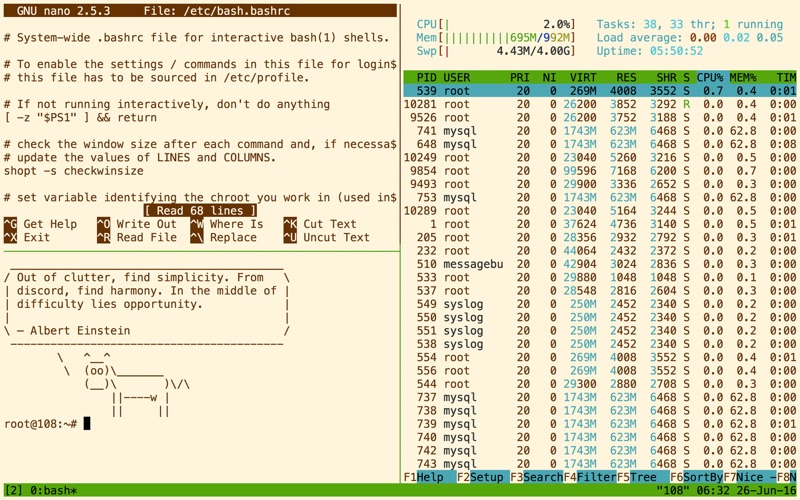

- #SSH SHELL SCRIPTING HOW TO#
- #SSH SHELL SCRIPTING INSTALL#
- #SSH SHELL SCRIPTING SOFTWARE#
- #SSH SHELL SCRIPTING PASSWORD#
- #SSH SHELL SCRIPTING WINDOWS#
Enter and Y to allow the installation to continue after the disk space prompt.
#SSH SHELL SCRIPTING INSTALL#
#SSH SHELL SCRIPTING SOFTWARE#
In order to accept SSH connections, a machine needs to have the server-side part of the SSH software toolkit. You are now able to SSH into any machine with the server-side application on it, provided that you have the necessary privileges to gain access, as well as the hostname or IP address. Hit Enter to complete the installation.
#SSH SHELL SCRIPTING PASSWORD#
Type in your superuser password when asked.Run the following command to install the OpenSSH client on your computer:.Otherwise, you will have to install the OpenSSH client: [-w means that you are ready to remotely connect to a physical or virtual machine. If the client is installed, you will receive a response that looks like ssh.Type in ssh and press Enter in the terminal.To check if the client is available on your Linux-based system, you will need to:

#SSH SHELL SCRIPTING WINDOWS#
For Windows machines, you can install PuTTY or any other client of your choice to gain access to a server. Many Linux distributions already have an SSH client.
#SSH SHELL SCRIPTING HOW TO#
How to Install an OpenSSH Clientīefore you proceed with installing an SSH client, make sure it is not already installed. Note that Ubuntu does not have SSH server installed by default. It requires access to the terminal on the server and the computer that you use for connecting. An open source SSH tool-widely used for Linux distributions- is OpenSSH. Since creating an SSH connection requires both a client and a server component, you need to make sure they are installed on the local and the remote machine, respectively. The default SSH protocol version for SSH server and SSH client communication is version 2. If the provided credentials are correct, SSH creates a new session for the appropriate environment. Once a client initiates a connection, the SSH daemon will respond with the software and the protocol versions it supports and the two will exchange their identification data. On the server’s side, there is a component called an SSH daemon that is constantly listening to a specific TCP/IP port for possible client connection requests. The client uses the provided remote host information to initiate the connection and if the credentials are verified, establishes the encrypted connection. An SSH client is an application you install on the computer which you will use to connect to another computer or a server. In order to establish an SSH connection, you need two components: a client and the corresponding server-side component. System and network administrators use this protocol the most, as well as anyone who needs to manage a computer remotely in a highly secure manner. When a secure SSH connection is established, a shell session will be started, and you will be able to manipulate the server by typing commands within the client on your local computer. Secure Shell, sometimes referred to as Secure Socket Shell, is a protocol which allows you to connect securely to a remote computer or a server by using a text-based interface.


 0 kommentar(er)
0 kommentar(er)
